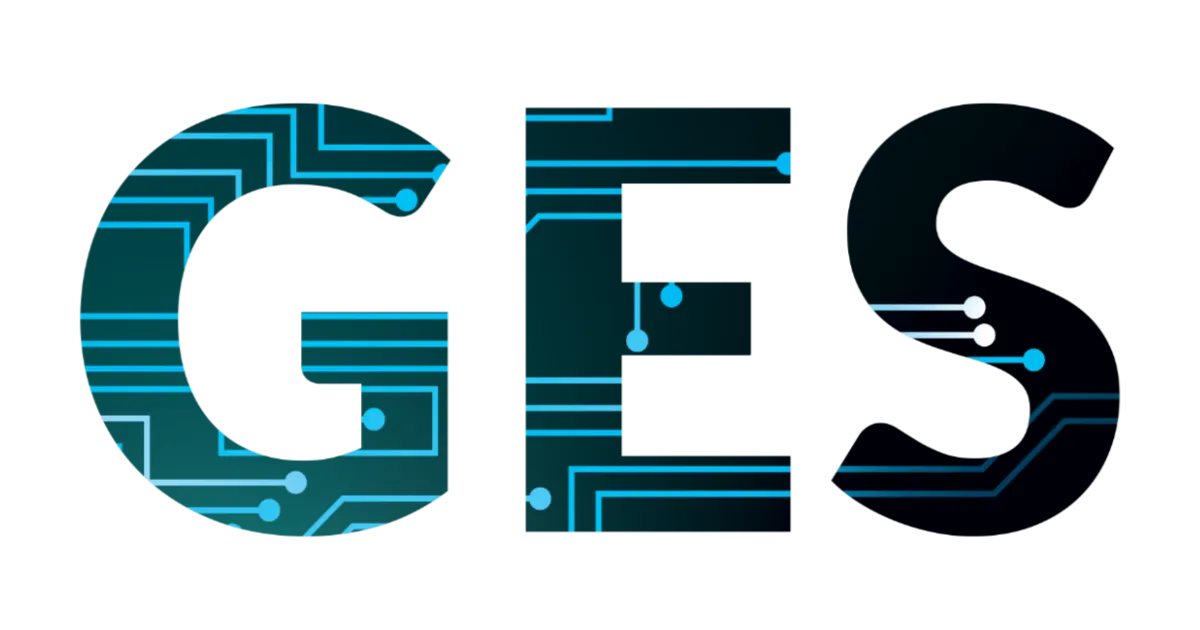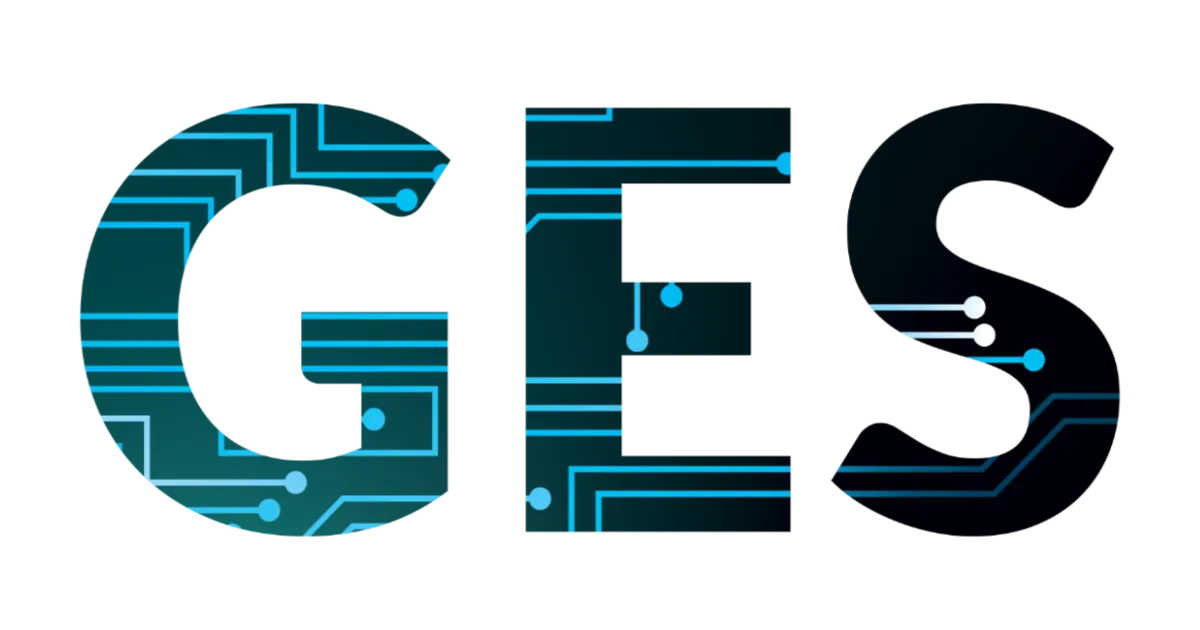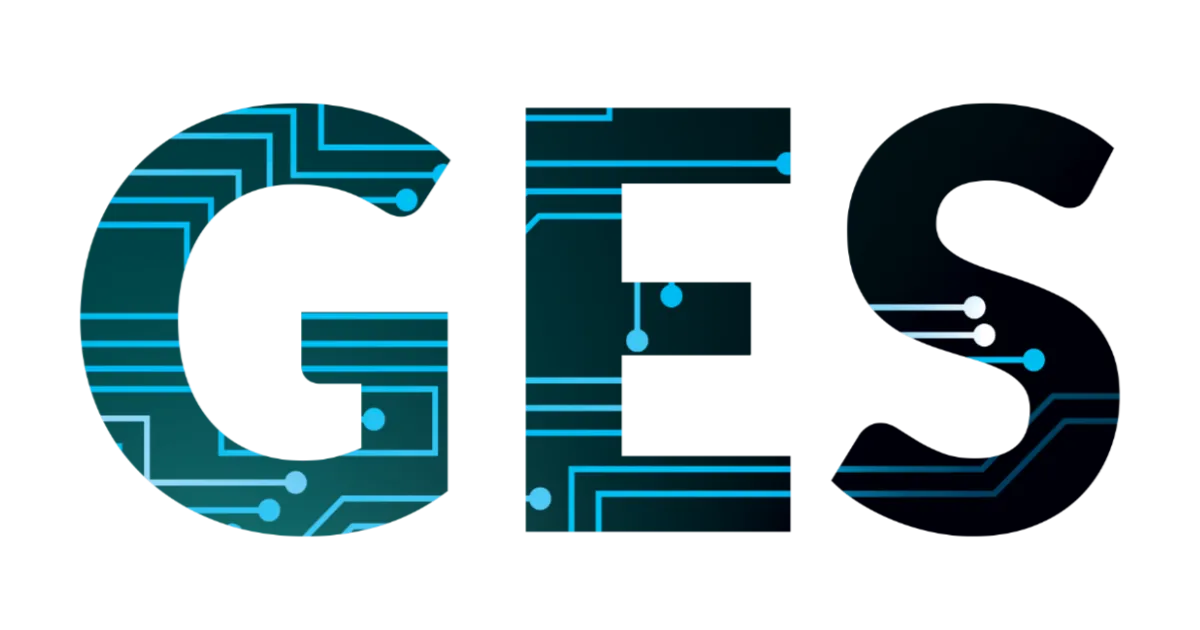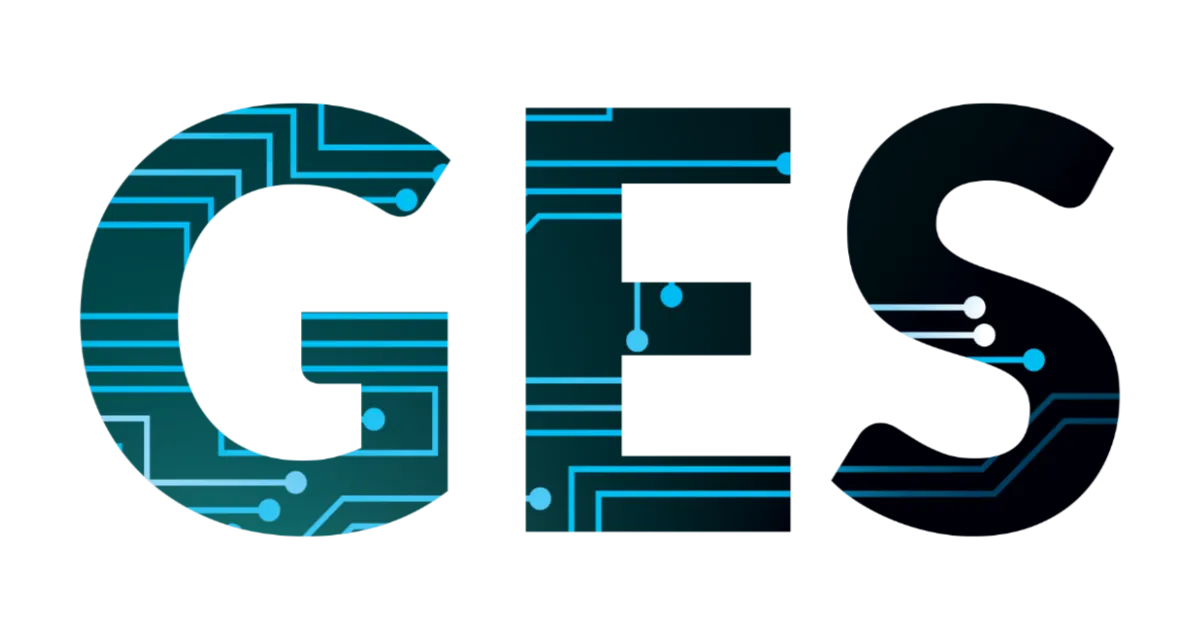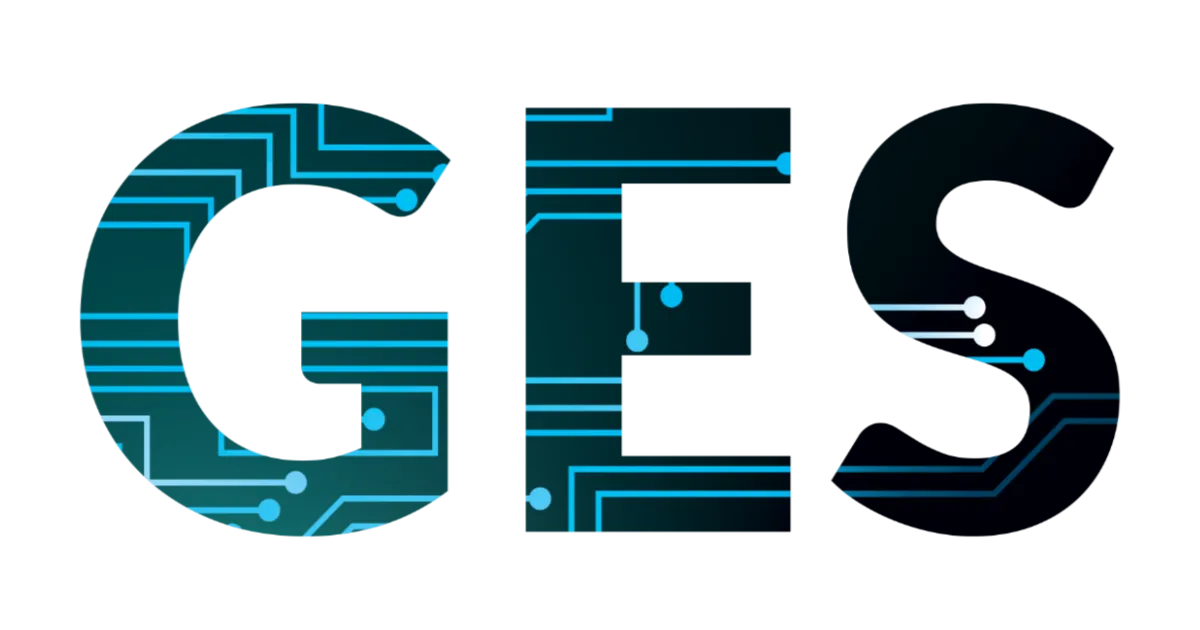Information
-
Operator's Name & Number
-
Type of Training Conducted
-
Job Site
-
Conducted on
-
Training Conducted by
-
Location
Evaluation
Employee Information
-
Employee Name
-
Training Plan
-
Previous experience & Type of equipment
-
Signature
-
Equipment Trained On
Equipment
-
Equipment Type
- Telescopic (cf. Straight / Stick) Boom
- Articulating (cf. Knuckle) Boom
-
Manufacturer
- JLG
- GENIE
- SKYJACK
- MEC
- Snorkle
- GHL
- Other
-
Model number
-
Practical training
VISUAL CHECKS
-
Platform, deck system and deck extension
-
undefined
-
Manuals including operating responsabilities.
-
undefined
-
Wheels and tires
-
undefined
-
Fluid levels engine/ battery hydraulics system
-
undefined
-
Capacity plate information
-
undefined
-
Safety devices ( harness, lanyards, anchorage points)
-
undefined
FUNCTION CHECKS
-
Instrument reading and familiarization
-
undefined
-
Tilt alarm and warning devices present & functioning
-
undefined
-
Emergency Controls
-
undefined
-
Brakes and Steering
-
undefined
BASIC OPERATING PROCEDURES
-
Competent and smooth operation of controls
-
Improvement Plan
-
Travels with the platform at a safe height
-
Improvement Plan
-
Travels at a safe speed for conditions and is aware of clearances
-
Improvement Plan
-
Maintains smooth control at all times
-
Improvement Plan
-
Checks all clearances before moving
-
Improvement Plan
-
Starts all turns in proper position
-
Improvement Plan
-
Selects best position to elevate
-
Improvement Plan
-
Stays a safe distance from all obstacles while traveling
-
Improvement Plan
-
Checks down below before lowering the platform
-
Improvement Plan
GENERAL SAFETY
-
Keeps body inside the guardrail system at all times
-
Improvement Plan
-
Completes workplace inspections before commencing the operation of the unit
-
Improvement Plan
-
Uses all safety devices
-
Improvement Plan
-
Yields to pedestrians
-
Improvement Plan
Risk Assessment
-
Operator knows the risks associated with operating the MEWP?
-
Name the four major risks associated with operating the platform:
- Tip over hazards
- caught in between hazards
- falls from the basket
- Material and tools falling off platform
-
Operator shall only operate MEWP's that he is authorized, trained and familiarized, with prior to operating
-
Is the operator familiar with the emergency procedures?
-
What are the emergency procedures required when operating MEWP's ?
- Entangled Platform
- Platform Failure
- Suspension trauma
- Rescue Procedure
- Self rescue
-
Number of Tasks
- I
- II
- III
- IV
- V
- VI
- VII
- VIII
- IX
- X
- XI
- XII
- XIIi
- XIV
- XV
- XVI
- XVII
-
Total Time Trained
-
COMMENTS
-
Employee signature. I acknowledge that have been trained on the safe operation of MEWP's Boom Lifts.
-
Trainer Signature
-
Practical training
-
Practical training
Boom Lift Quiz
-
Some emergencies that you may encounter when working on a MEWP platform are which of the following:
-
Power platforms cannot be used when winds are over:
-
The fall arrest system required when using a boom lift consists of
-
What is the minimum safe approach distance (MSAD) from overhead powerlines?
-
Which Boom lift should be used operated on soil?
-
What is the purpose of a boom lift?
-
Visual Inspections should be done?
-
Power platforms can be operated by
-
At what distance do you need to chock / lock up your tires closest to a change of elevation?
-
When do you shut down and cease the operation of the equipment
-
As the boom/platform is raised the overall stability
-
What two documents must be available during operation
-
Before you operate a power platform you must know
-
The operation of a power platform requires that
-
When traveling from one work area to another with an aerial platform, the boom should be positioned in which orientation?
-
Before operating a boom lift the operator must understand which of the following:
-
What is the function of an interlock system
-
The principle of a load balanced over two wheels is
-
The combined center of gravity will __________ as the platform is raised
-
Why is important for an operator to know lateral force rating
-
Operator Signature
-
Evaluator Signature






